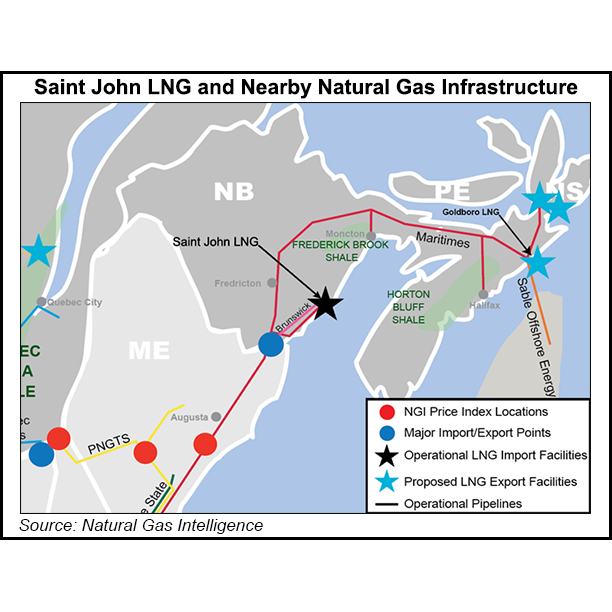LNG | Infrastructure | LNG Insight | NGI All News Access | NGI The Weekly Gas Market Report | Shale Daily
Repsol Abandons Export Plans from Saint John LNG, Citing Lack of Feed Gas
© 2024 Natural Gas Intelligence. All rights reserved.
ISSN © 1532-1231 | ISSN © 2577-9877 | ISSN © 1532-1266 | ISSN © 2158-8023 |



